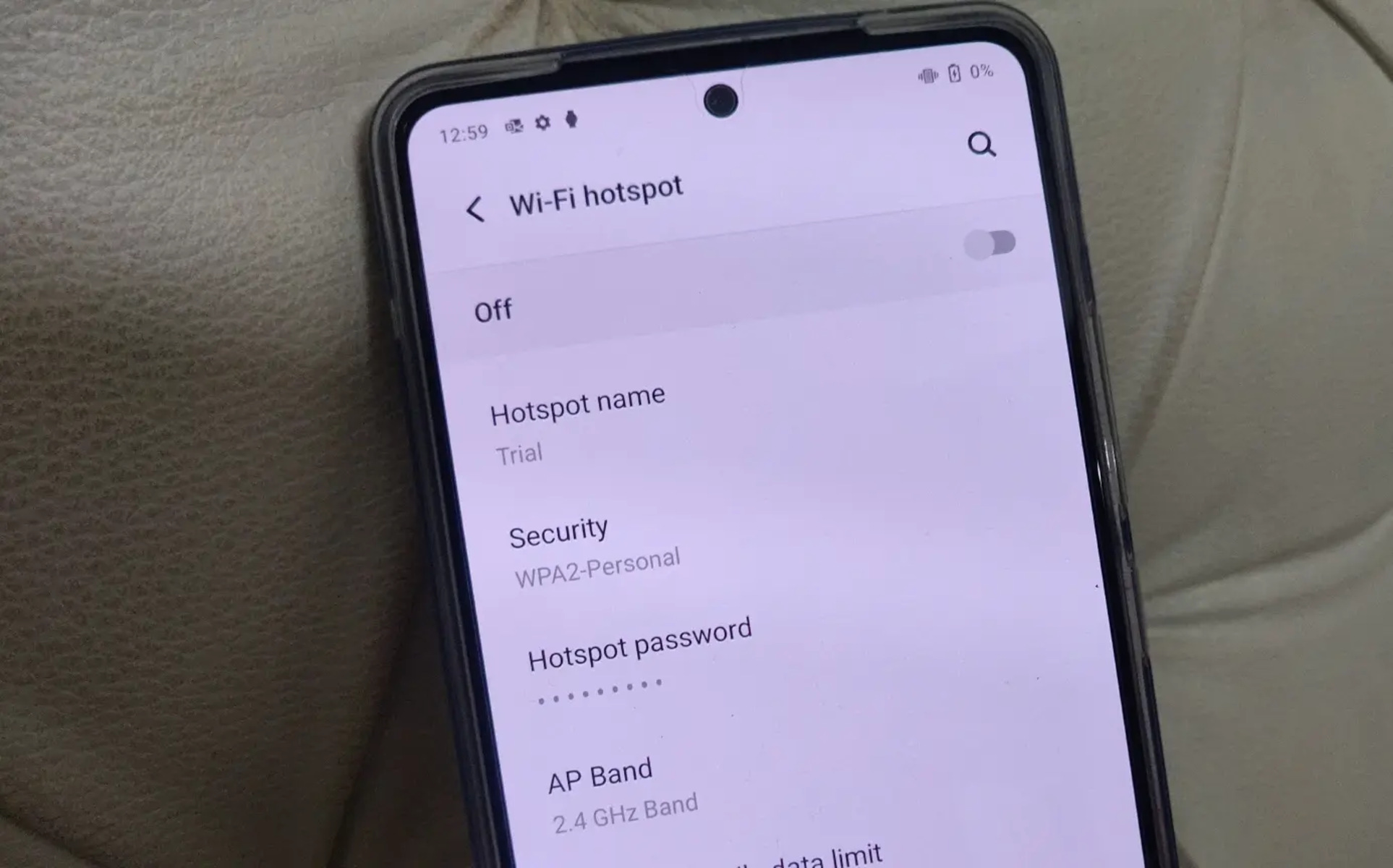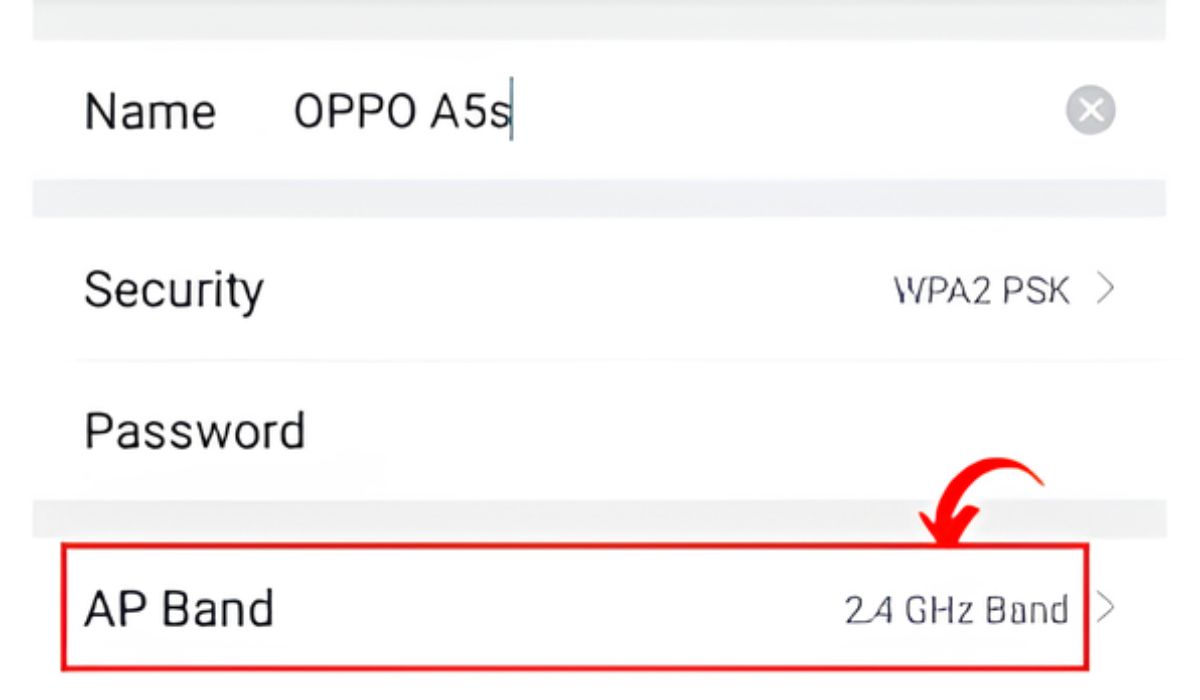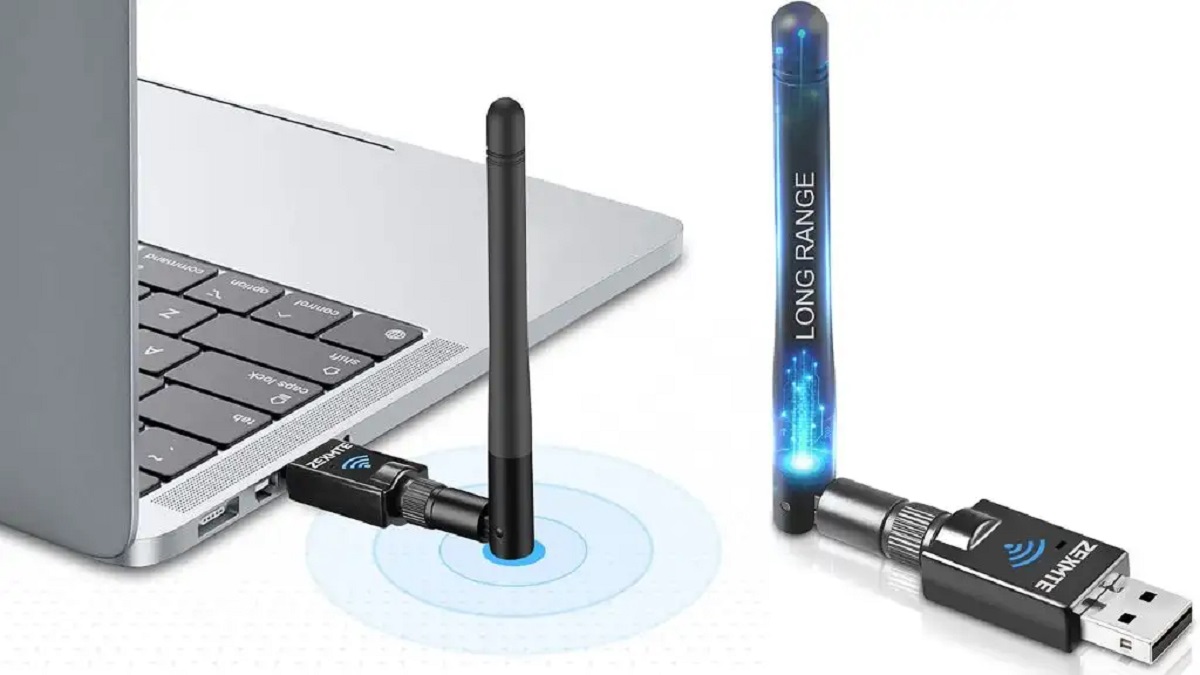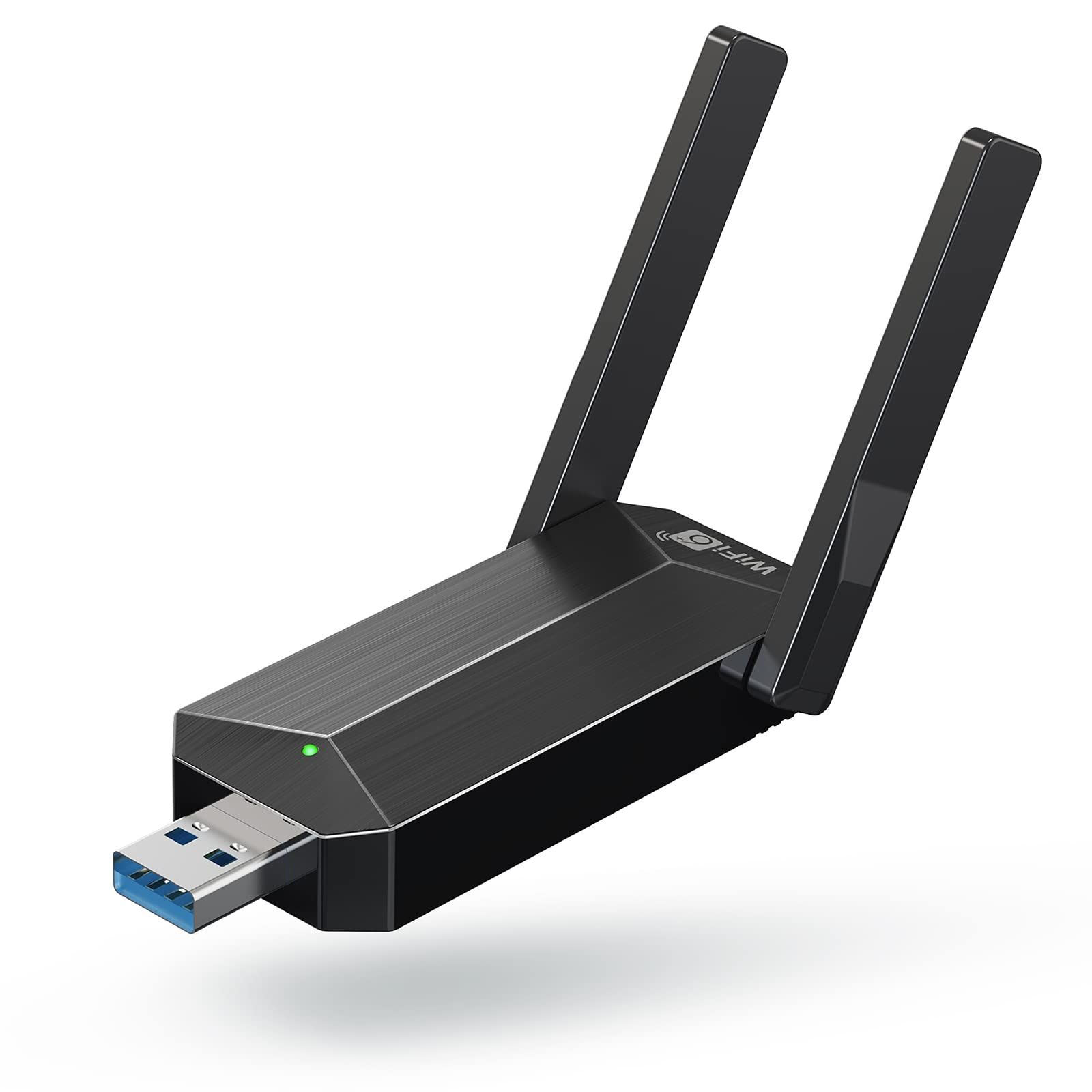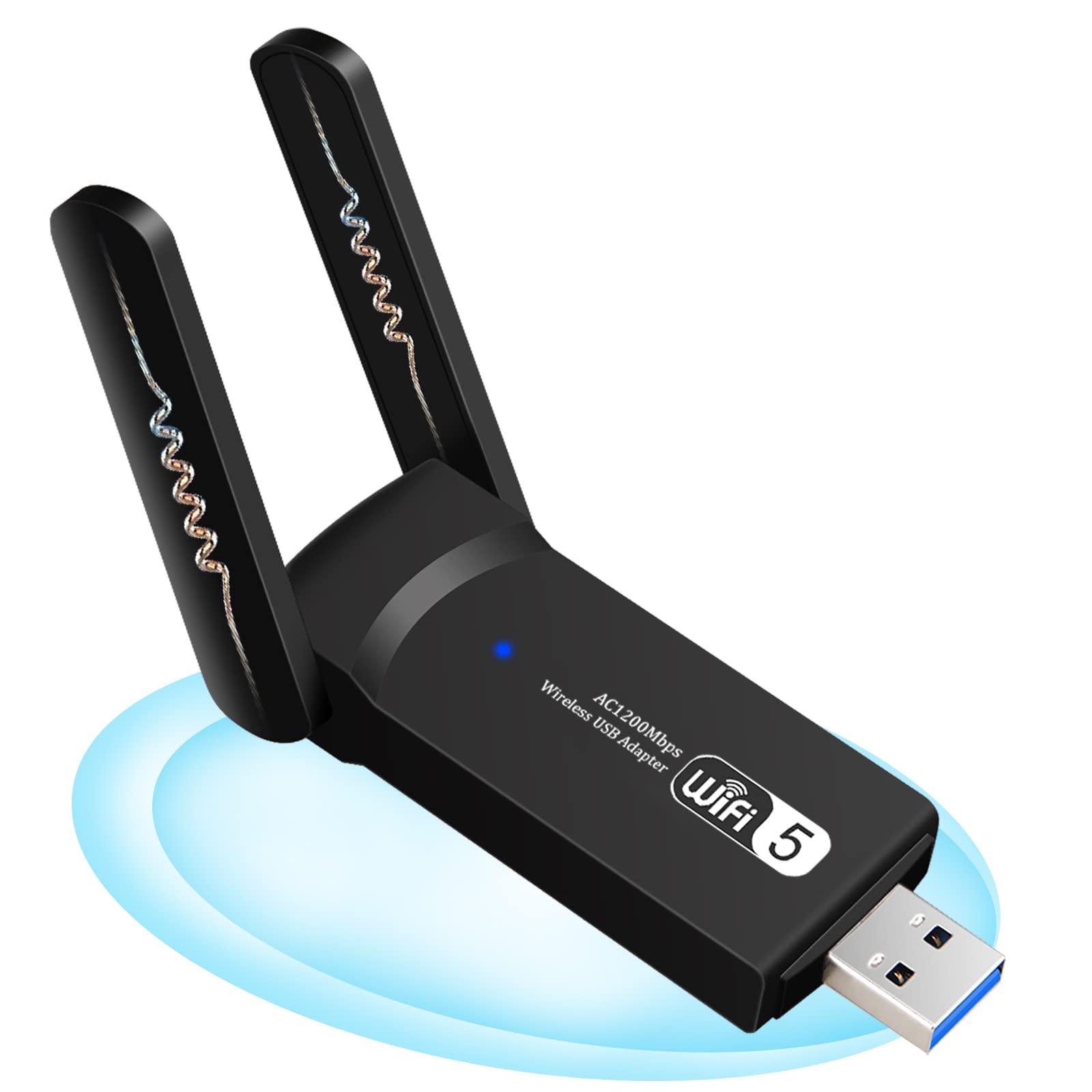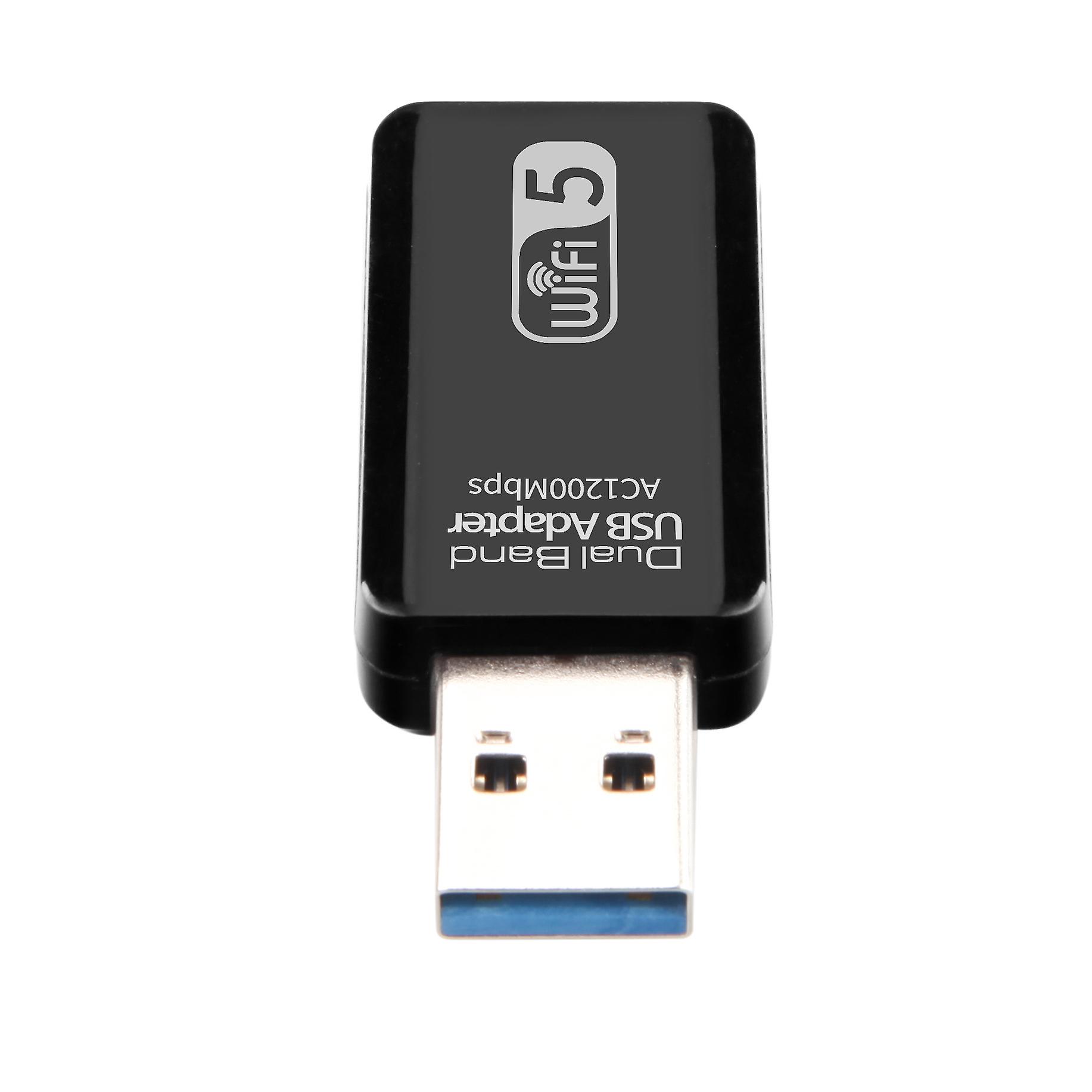Introduction
In the fast-paced world of technology, the seamless and reliable functioning of wireless networks is crucial for both personal and professional activities. As the demand for wireless connectivity continues to soar, the need for robust and efficient access points (APs) becomes increasingly paramount. APs play a pivotal role in establishing and maintaining wireless connections, serving as the gateway for devices to access a network. Within this context, the configuration of AP bands in a hotspot environment holds particular significance.
The effective management of AP bands is essential for optimizing network performance and ensuring a stable and consistent connection for users. Understanding the technical aspects of AP bands in a hotspot setting is vital for network administrators, IT professionals, and individuals seeking to enhance their knowledge of wireless networking.
In this article, we will delve into the intricacies of AP band configuration within a hotspot environment, shedding light on the technical considerations and best practices associated with this critical aspect of wireless networking. By exploring the technical nuances of AP bands in hotspots, readers will gain valuable insights into optimizing wireless network performance and reliability. Let's embark on this enlightening journey into the realm of AP band configuration and its pivotal role in hotspot environments.
AP Band in Hotspot
In a hotspot environment, the configuration of access point (AP) bands holds significant importance in determining the overall performance and user experience of the wireless network. The AP band refers to the frequency range used by the access point to transmit and receive data from connected devices. Typically, APs operate in either the 2.4 GHz band or the 5 GHz band, each with its own distinct advantages and considerations.
2.4 GHz Band:
The 2.4 GHz band has long been a staple in wireless networking due to its widespread compatibility with a wide range of devices and its ability to penetrate solid objects more effectively than higher frequency bands. This makes it suitable for providing coverage over larger areas and through obstacles, making it an ideal choice for hotspot deployments in public spaces such as cafes, airports, and shopping centers.
However, the 2.4 GHz band is also more prone to interference from other devices such as cordless phones, Bluetooth devices, and microwave ovens, which can lead to degraded network performance and slower data transfer speeds. As such, careful consideration must be given to mitigating potential sources of interference when configuring APs to operate in the 2.4 GHz band within a hotspot environment.
5 GHz Band:
In contrast, the 5 GHz band offers higher data transfer rates and reduced interference compared to the 2.4 GHz band. This makes it well-suited for delivering high-speed connectivity in densely populated areas where multiple APs are deployed to cater to a large number of concurrent users. The 5 GHz band is also less congested than the 2.4 GHz band, providing more available channels for APs to operate on, thereby reducing the likelihood of interference and improving overall network performance.
However, it's important to note that the 5 GHz band has a shorter effective range and may experience more signal attenuation when passing through solid objects. As such, careful planning is required to ensure adequate coverage and seamless roaming between APs when deploying the 5 GHz band in a hotspot environment.
Dual-Band APs:
Many modern APs are designed to operate in both the 2.4 GHz and 5 GHz bands, offering the flexibility to cater to a diverse range of client devices and network requirements. This allows network administrators to leverage the strengths of each band based on the specific use case and environmental considerations, providing a balanced approach to delivering optimal wireless connectivity in hotspot deployments.
In summary, the configuration of AP bands in a hotspot environment requires a nuanced understanding of the strengths and limitations of the 2.4 GHz and 5 GHz bands, as well as the strategic deployment of dual-band APs to maximize network performance and user satisfaction. By carefully considering these technical aspects, network administrators can ensure that the AP band configuration aligns with the unique requirements of the hotspot environment, ultimately delivering a seamless and reliable wireless experience for users.
Technical Overview
The technical considerations surrounding AP band configuration in hotspot environments encompass a range of critical factors that directly impact the performance and reliability of wireless networks. Network administrators and IT professionals must navigate these intricacies with precision to ensure seamless connectivity and optimal user experience.
Channel Selection and Interference Mitigation
When configuring AP bands in a hotspot, careful attention must be paid to channel selection to minimize interference and maximize network efficiency. In the 2.4 GHz band, the limited number of non-overlapping channels necessitates strategic channel allocation to mitigate co-channel interference. Conversely, the 5 GHz band offers a wider array of non-overlapping channels, allowing for more flexible channel assignment to minimize interference and optimize network capacity.
Signal Coverage and Roaming Optimization
Ensuring consistent signal coverage and seamless roaming between APs is paramount in hotspot deployments. Proper AP placement and signal strength adjustments are crucial to maintaining uniform coverage across the hotspot area, preventing signal degradation and ensuring uninterrupted connectivity for users on the move. Additionally, implementing roaming optimization techniques, such as 802.11k and 802.11r protocols, facilitates smooth transition between APs, enhancing the overall user experience in the hotspot environment.
Load Balancing and Client Steering
Efficient load balancing and client steering mechanisms play a pivotal role in distributing client connections across APs to prevent network congestion and optimize resource utilization. Dynamic load balancing algorithms intelligently distribute client traffic among APs based on real-time network conditions, ensuring equitable load distribution and preventing individual APs from becoming overwhelmed. Client steering further enhances network performance by directing clients to the most suitable AP based on signal strength and capacity, promoting a balanced distribution of clients across the hotspot.
Security and Bandwidth Management
Implementing robust security measures and effective bandwidth management strategies is essential in hotspot environments to safeguard network integrity and prioritize critical applications. Utilizing WPA3 encryption, MAC address filtering, and intrusion detection systems fortifies the network against unauthorized access and potential security threats. Moreover, bandwidth management tools enable administrators to allocate bandwidth resources judiciously, ensuring equitable access for all users while prioritizing mission-critical applications and services.
Spectrum Analysis and Performance Monitoring
Continuous spectrum analysis and performance monitoring are indispensable for identifying and mitigating potential sources of interference, optimizing channel utilization, and maintaining network stability. Leveraging spectrum analysis tools allows administrators to detect and address RF interference, rogue APs, and other anomalies that could degrade network performance. Real-time performance monitoring provides valuable insights into network utilization, client connectivity, and AP health, enabling proactive troubleshooting and capacity planning to uphold optimal network performance.
By meticulously addressing these technical facets of AP band configuration in hotspot environments, network administrators can orchestrate a robust and resilient wireless infrastructure that caters to the diverse connectivity needs of users while upholding stringent performance and security standards. This comprehensive technical overview underscores the intricate interplay of factors that underpin the seamless operation of wireless networks in dynamic hotspot environments.







